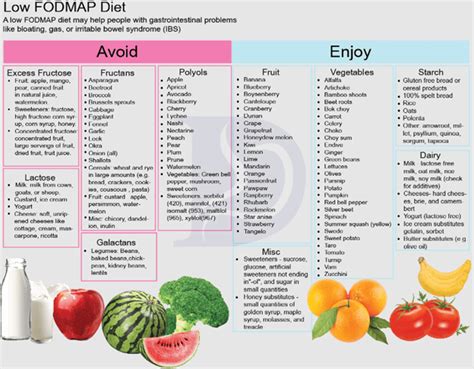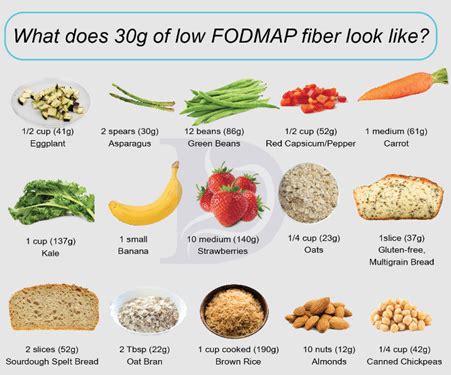Intro
Discover gentle digestive relief with our expert guide to low fiber meals. Learn how to soothe digestive issues with carefully crafted recipes, exploring low fiber foods, gentle cooking methods, and digestive-friendly ingredients to ease symptoms of IBS, bloating, and sensitive stomachs, promoting a balanced gut and overall well-being.
Maintaining a healthy digestive system is crucial for overall well-being, and a gentle digestive system is essential for optimal nutrient absorption and waste elimination. However, for individuals with sensitive stomachs or digestive issues, consuming high-fiber foods can be challenging. High-fiber foods, while nutritious, can be difficult for some people to digest, leading to discomfort, bloating, and other digestive issues. In this article, we will explore low-fiber meal options that can help alleviate digestive discomfort and promote a gentle digestive system.
A low-fiber diet is often recommended for individuals with digestive issues such as irritable bowel syndrome (IBS), inflammatory bowel disease (IBD), or those who have recently undergone gastrointestinal surgery. A low-fiber diet can help reduce symptoms such as abdominal pain, bloating, and changes in bowel movements. However, it's essential to note that a low-fiber diet should be followed under the guidance of a healthcare professional or registered dietitian to ensure adequate nutrition.
Understanding Fiber and Its Role in Digestion
Fiber is an essential nutrient that plays a vital role in maintaining a healthy digestive system. There are two types of fiber: soluble and insoluble. Soluble fiber dissolves in water and can help slow down digestion, while insoluble fiber does not dissolve in water and helps add bulk to stool. Foods high in fiber include fruits, vegetables, whole grains, and legumes.
While fiber is essential for a healthy digestive system, a low-fiber diet can be beneficial for individuals with digestive issues. A low-fiber diet typically consists of foods that are low in fiber, such as lean proteins, low-fiber fruits and vegetables, and refined grains.

Low-Fiber Meal Options
Here are some delicious and nutritious low-fiber meal options that can help alleviate digestive discomfort:
Breakfast Options
- Scrambled eggs with spinach and feta cheese: Scrambled eggs are a low-fiber protein source, while spinach is a low-fiber leafy green. Feta cheese adds flavor and creaminess.
- Oatmeal with banana and honey: Oatmeal is a low-fiber grain option, while banana is a low-fiber fruit. Honey adds sweetness without adding fiber.
- Yogurt parfait with granola and berries: Yogurt is a low-fiber dairy option, while granola is a low-fiber grain option. Berries are a low-fiber fruit option.
Lunch Options
- Grilled chicken breast with roasted vegetables: Grilled chicken breast is a low-fiber protein source, while roasted vegetables such as carrots, zucchini, and green beans are low in fiber.
- Turkey and cheese sandwich on white bread: Turkey breast is a low-fiber protein source, while cheese adds flavor and creaminess. White bread is a low-fiber grain option.
- Lentil-free vegetable soup: Vegetable soup made with low-fiber vegetables such as potatoes, carrots, and green beans is a comforting and gentle option.
Dinner Options
- Baked salmon with roasted sweet potatoes and green beans: Baked salmon is a low-fiber protein source, while roasted sweet potatoes and green beans are low in fiber.
- Grilled turkey burger on a low-fiber bun: Grilled turkey burger is a low-fiber protein source, while a low-fiber bun adds minimal fiber.
- Chicken and rice bowl with low-fiber vegetables: Cooked chicken and rice are low in fiber, while low-fiber vegetables such as peas and carrots add flavor and nutrients.
Tips for a Low-Fiber Diet
- Eat small, frequent meals: Eating smaller meals can help reduce digestive discomfort and alleviate symptoms.
- Choose low-fiber fruits and vegetables: Fruits and vegetables are essential for a healthy diet, but choose low-fiber options such as bananas, avocados, and cooked vegetables.
- Incorporate lean protein sources: Lean protein sources such as chicken, turkey, and fish are low in fiber and can help alleviate digestive discomfort.
- Limit high-fiber foods: Limit or avoid high-fiber foods such as beans, legumes, and whole grains to reduce digestive discomfort.

Managing Digestive Discomfort
- Stay hydrated: Drinking plenty of water can help alleviate digestive discomfort and promote regular bowel movements.
- Exercise regularly: Regular exercise can help stimulate digestion and alleviate symptoms.
- Manage stress: Stress can exacerbate digestive issues, so practicing stress-reducing techniques such as meditation or deep breathing can help alleviate symptoms.
Frequently Asked Questions
What is a low-fiber diet?
+A low-fiber diet is a diet that consists of foods that are low in fiber, such as lean proteins, low-fiber fruits and vegetables, and refined grains.
Who should follow a low-fiber diet?
+A low-fiber diet is often recommended for individuals with digestive issues such as irritable bowel syndrome (IBS), inflammatory bowel disease (IBD), or those who have recently undergone gastrointestinal surgery.
How long should I follow a low-fiber diet?
+The length of time you should follow a low-fiber diet depends on your individual needs and health status. It's essential to consult with a healthcare professional or registered dietitian to determine the best course of treatment.
In conclusion, a low-fiber diet can be a gentle and effective way to alleviate digestive discomfort and promote a healthy digestive system. By incorporating low-fiber meal options and following tips for a low-fiber diet, individuals with digestive issues can reduce symptoms and improve their overall health. Remember to consult with a healthcare professional or registered dietitian to determine the best course of treatment for your individual needs.
We hope this article has been informative and helpful in understanding low-fiber meals for a gentle digestive system. If you have any questions or comments, please feel free to share them below.
